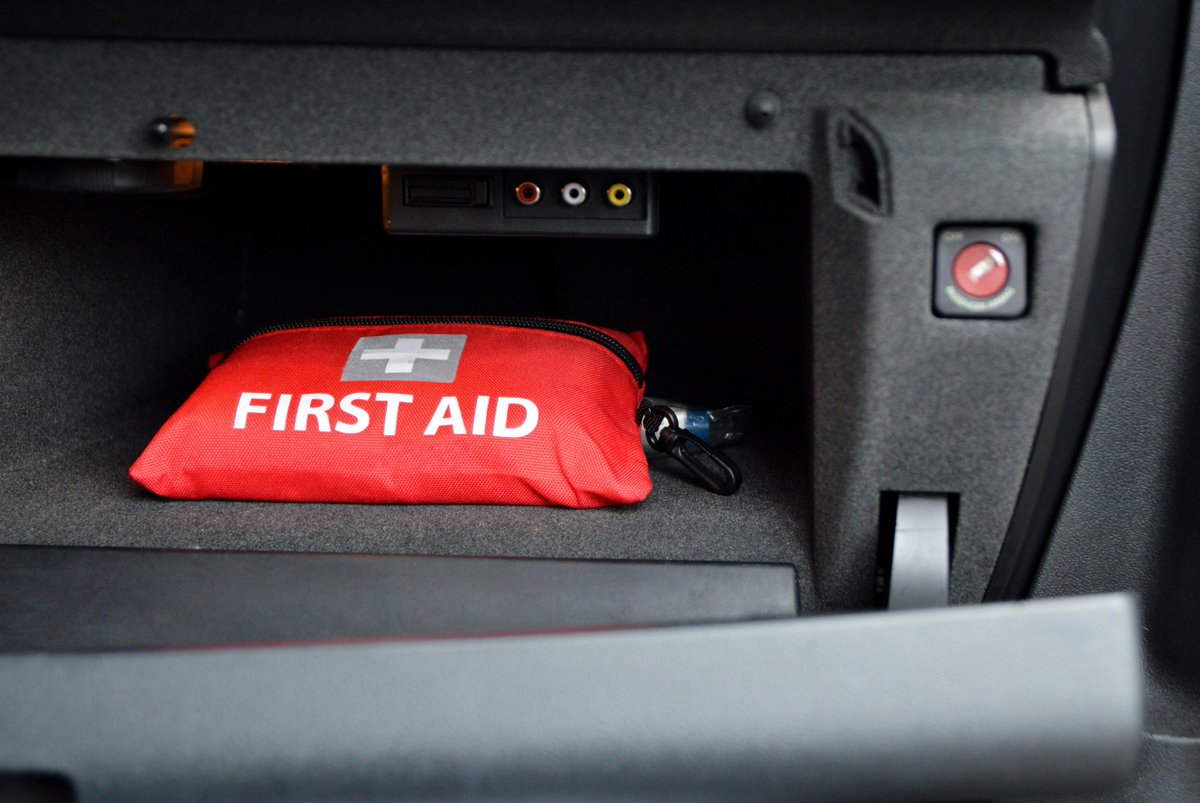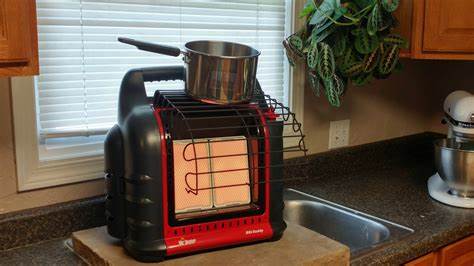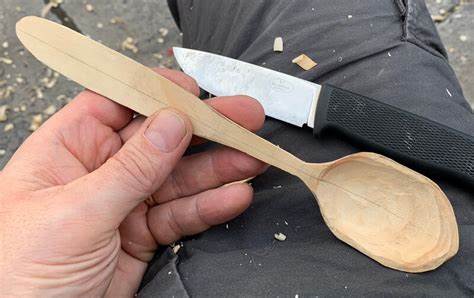Building primitive tools for survival is a foundational skill in any wilderness scenario. In a true survival situation, your ability to fashion basic implements from natural materials can mean the difference between thriving and merely surviving. These tools, though rudimentary, empower you to perform essential tasks like building shelter, processing food, making fire, and ensuring personal defense.
This guide will walk you through the essential steps and techniques for crafting some of the most crucial primitive tools using only what the natural environment provides. Remember, practice is key, and safety should always be your top priority.
Understanding the “Primitive Tool” Mindset
Crafting primitive tools isn’t about perfection; it’s about functionality and resourcefulness. You’re not aiming for factory-grade precision but for a tool that can reliably perform a specific task. The core principle is to use the strongest, most suitable materials available and to make secure fastenings.
Essential Materials for Primitive Tools
Before you start crafting, you need to identify and gather the right materials.
- Stone: Look for flint, chert, obsidian, quartzite, or very fine-grained basalt. These stones fracture predictably, creating sharp edges. They are crucial for cutting and scraping tools.
- Wood:
- Hardwood: Dense woods like oak, hickory, ash, or maple are excellent for handles, mallets, and digging sticks due to their strength and durability.
- Softwood: Lighter woods like pine or willow can be used for lighter tasks or as shafts for arrows.
- Green Wood: Freshly cut wood is more pliable and easier to work with.
- Deadfall: Dead branches or fallen trees can provide seasoned wood, but check for rot.
- Cordage (Natural Fiber): This is vital for binding. Look for:
- Inner bark: From trees like cedar, basswood, or willow. Scrape off the outer bark, then peel strips of the inner layer.
- Plant fibers: Yucca, nettle, milkweed, dogbane. You’ll need to process these by retting (soaking to break down non-fibrous material) and stripping.
- Vines: Supple, strong vines can be used for binding.
- Bone/Antler: Excellent for awls, needles, and pressure flakers (for stone work). They are strong and hold a point well.
- Animal Hide/Sinew: If available from hunting, hide can be processed for rawhide (strong lashing) and sinew (extremely strong, thin cordage for precision work).
How to Craft Essential Primitive Tools
Let’s break down the creation of some vital survival tools.
- The Core Tool: A Sharp Stone Edged Tool (Flake or Blade)
This is your most important starting point, as it allows you to process other materials.
Materials:
- A suitable stone core (flint, chert, obsidian are ideal).
- A hammerstone (a denser, rounded stone for striking).
- Safety gear: Gloves, eye protection (if practicing, critical).
Steps (Percussion Flaking – Basic Method):
- Find Your Core and Hammerstone: Select a core stone that is relatively free of cracks. Choose a hammerstone that is slightly softer than your core stone but still dense and heavy enough for impact.
- Identify a Striking Platform: Look for a prominent ridge or a sharp edge on your core stone. This is where you will strike.
- Position the Strike: Hold the core firmly in one hand (use a thick leather glove if available). Position the hammerstone at a shallow angle (around 10-20 degrees) to the striking platform, aimed slightly inward.
- Strike Firmly and Deliberately: Hit the striking platform with a sharp, controlled blow. The goal is to detach a flake that carries a sharp edge. It often takes practice to get the right angle and force.
- Examine the Flake: Once a flake detaches, inspect its edges. You’re looking for a sharp, usable edge. If it’s not sharp enough, you can refine it further (see “Refining Edges” below).
- Safety First: Stone flaking produces extremely sharp fragments. Always be mindful of flying debris.
Refining Edges (Pressure Flaking – Optional but Recommended):
For sharper and more durable edges, you can use pressure flaking.
- Materials: A pressure flaker (a piece of antler tine, hardwood dowel, or copper rod) and your stone flake.
- Position the Flaker: Place the tip of your pressure flaker on the edge of the stone flake, very close to the edge.
- Apply Pressure: Apply steady, downward pressure away from the edge and slightly inward, leveraging the flaker to “pop” off tiny flakes. This refines the edge and makes it sharper.
- Work Along the Edge: Work systematically along both sides of the desired edge, applying pressure in consistent increments.
- The Digging Stick
Simple but incredibly useful for roots, grubs, and preparing ground for shelter.
Materials:
- A sturdy hardwood branch (around 4-6 feet long, 1-2 inches thick).
- Your newly crafted stone edged tool (or fire for charring).
Steps:
- Select a Strong Branch: Find a straight, hard branch without major knots or cracks.
- Sharpen One End: Use your stone edged tool to carve a point on one end. Alternatively, you can char the end in a fire and then scrape off the softened, charred wood with a rock or your stone tool. Charring hardens the wood and makes it easier to sharpen.
- Test for Strength: Ensure the point is strong enough for digging.
- The Mallet (Hammer)
Useful for pounding stakes, processing fibrous plants, or as a striking tool for other projects.
Materials:
- A heavy, dense piece of hardwood (a knot or burl works well).
- Your stone tool for shaping (optional).
Steps:
- Find a Suitable Piece: Look for a heavy, dense piece of wood. A natural burl or a section where a branch forks can provide a good head shape.
- Shape if Necessary: Use your stone tool to remove any sharp edges or unwanted protrusions, making it comfortable to hold and effective for striking. You can leave a natural handle or carve one.
- The Primitive Axe/Hatchet (Hafted Chopping Tool)
More complex, but invaluable for processing larger wood.
Materials:
- A well-flaked, sturdy stone chopping head (larger than a simple flake).
- A strong, relatively straight hardwood handle (with a natural curve or fork if possible for the head).
- Strong cordage (processed inner bark, rawhide, or strong vines).
- Resin/Pitch (optional, for extra security).
Steps (Splitting Handle Method):
- Prepare the Stone Head: You need a strong, thick stone flake with a good cutting edge.
- Prepare the Handle: Find a piece of hardwood, ideally with a fork or a section you can split.
- Split the Handle (if applicable): If using a straight branch, carefully split one end about 4-6 inches down.
- Insert the Stone Head: Wedge the stone head into the split of the handle, ensuring the sharp edge is aligned correctly. If using a natural fork, fit the stone snugly into the V-shape.
- Lash Securely: This is the most critical part.
- Start by tightly wrapping your cordage around the handle below the stone head, creating a strong anchor point.
- Then, crisscross the cordage around the stone head and the handle, pulling it as tight as possible with each wrap.
- Create a “friction knot” or use a series of half hitches to secure the end of the lashing.
- Add Resin (Optional): If you have tree resin or pitch, melt it and apply it over the lashing to further solidify the bond. Allow it to cool and harden.
- The Primitive Awl (Piercing Tool)
Essential for making holes in hide, wood, or other materials.
Materials:
- A sharp, strong thorn (e.g., from acacia, hawthorn)
- A small piece of bone or antler (a splinter or tip)
- A small piece of hardwood
Steps:
- Select Material: Choose the sharpest, strongest thorn you can find, or a suitable piece of bone/antler.
- Refine the Tip: If necessary, use your stone tool or rub it against a coarse rock to sharpen the tip into a fine point.
- Create a Handle (Optional but Recommended): For better grip and pressure, embed the base of the thorn/bone into a small piece of hardwood. Drill a pilot hole with your stone tool if needed, or simply wedge and secure it with a small amount of resin or lashing.
- Primitive Cordage (Fiber Rope/String)
Crucial for all hafted tools, shelter, traps, and more.
Materials:
- Inner bark strips (cedar, basswood, willow)
- Plant fibers (nettle, yucca, milkweed, dogbane)
Steps (Reverse Wrap Method):
- Process Fibers: Strip the inner bark or process plant stalks to extract long, strong fibers. Dry them if necessary.
- Prepare Two Strands: Take two lengths of fiber. Overlap their ends by a few inches.
- Twist One Strand: Hold the overlapped section with one hand. With the other hand, twist one of the strands tightly away from you.
- Fold and Release: Fold the twisted strand back over the other strand. It will naturally try to twist back on itself.
- Repeat: Now, twist the other strand away from you, fold it over, and repeat the process.
- Continuously Add Fibers: As your strands get shorter, continually add new fibers by overlapping them into the existing strands and twisting them in. This creates a continuous, strong cord.
General Principles for All Primitive Tool Crafting
- Safety First: Always be aware of sharp edges and potential slippage. Wear gloves and eye protection if possible, especially when working with stone.
- Assess Materials: Before you start, carefully evaluate the strength, flexibility, and suitability of your chosen materials.
- Work with the Grain: When carving wood, always work with the grain to prevent splitting and to make the carving easier.
- Practice, Practice, Practice: Primitive tool crafting is a skill that improves with experience. Don’t be discouraged by initial failures.
- Resourcefulness: Look at every natural object as a potential resource. Can that sharp rock be a blade? Can that strong vine be cordage?
- Secure Lashings: The strength of a hafted tool relies entirely on the lashing. Make it as tight and secure as possible.
Mastering the art of crafting primitive tools from nature is a profound survival skill that connects you to ancient human ingenuity. With diligent practice and respect for the environment, you can equip yourself with the essential implements needed to face the challenges of the wilderness.









